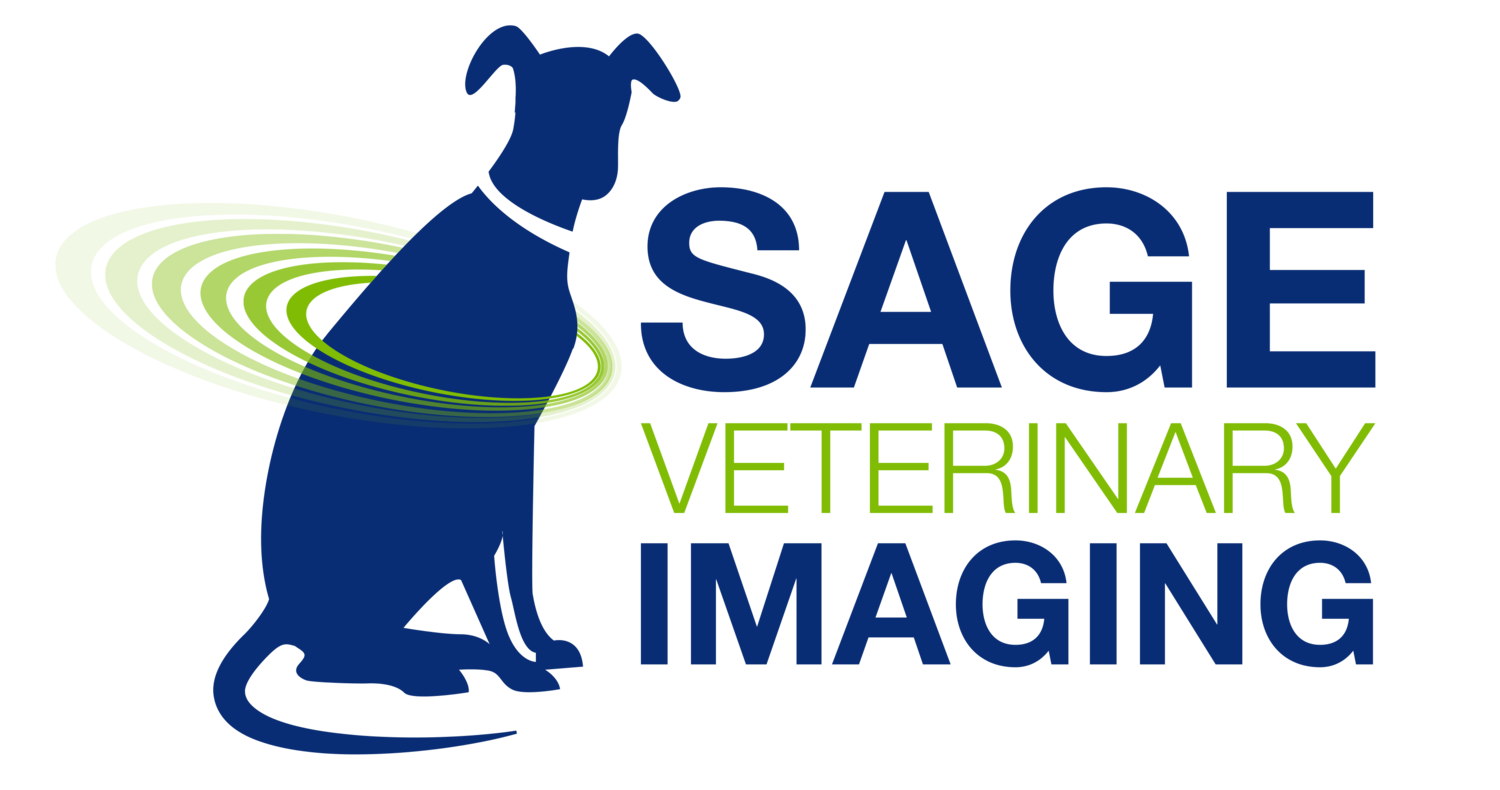FAQ: What can a veterinarian see with a CT scan?
This CT image shows the chest of a short-nosed (brachycephalic) dog, taken around the middle of the rib cage near the ninth rib. Photo Credit.
A CT scan (computed tomography) gives veterinarians a detailed, three-dimensional view of your pet’s internal structures — revealing what ordinary X-rays can’t.
This advanced imaging technology helps identify problems deep inside the body with precision, making it one of the most valuable diagnostic tools in veterinary medicine.
Conditions a CT scan can reveal
Muscle and bone disorders, including fractures, bone tumors, and subtle injuries not visible on standard X-rays
Neurological conditions and spinal abnormalities, such as calcified discs, spinal malformations, and bone or disc infections
Tumors, infections, or blood clots, and their exact size and location
Internal injuries or bleeding following trauma
Heart, lung, or liver disease, and the ability to monitor how these conditions progress over time
Cancer diagnosis and treatment planning, including surgical, biopsy, and radiation guidance
Support for advanced procedures such as 3D printing and precision surgery
A CT scan gives your veterinarian a more complete picture—helping them make faster, clearer, and more confident decisions about your pet’s health and treatment.

